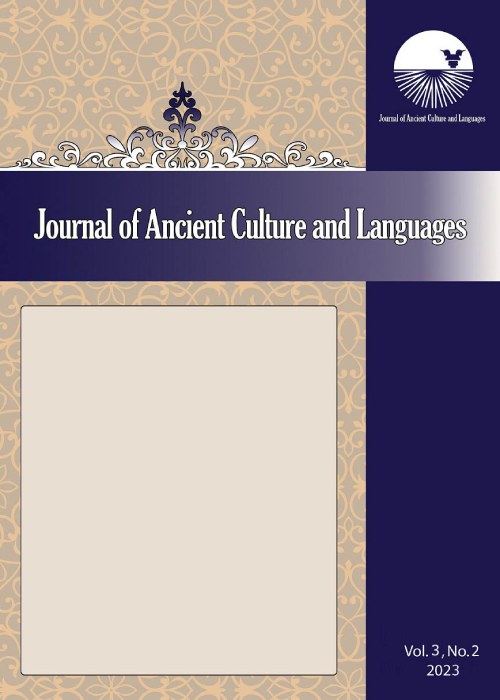Organization and ranks of Zoroastrian priesthoods in the tradition of Islamic Times Based on the second question of Faranbaℽ Sorosh's Revayat
With the collapse of the Sasanid kingdom, Zoroastrian religion, like other parts of the society, underwent profound changes. The religious population decreased and the Zoroastrian community became smaller. The institution of religion was weakened and religious organizations broke up. Corresponding to these changes, the organization of the clergy changed, and religious officials and ranks created a more agile organization by integrating their duties. Although the new religious organization preserved the organization structure of the Sasanid era and kept the old concepts and terms alive, it underwent significant changes. Until the 4th century of Yazdgerdi/11th AD, this period of transition was gradually passed. The short report given in the second question of Faranbaℽ Sorosh's Revayat shows the management of the religious organizations of the Zoroastrian society of Iran, and the upcoming article will explain and interpret that question.With the collapse of the Sasanid kingdom, Zoroastrian religion, like other parts of the society, underwent profound changes. The religious population decreased and the Zoroastrian community became smaller. The institution of religion was weakened and religious organizations broke up. Corresponding to these changes, the organization of the clergy changed, and religious officials and ranks created a more agile organization by integrating their duties. Although the new religious organization preserved the organization structure of the Sasanid era and kept the old concepts and terms alive, it underwent significant changes. Until the 4th century of Yazdgerdi/11th AD, this period of transition was gradually passed. The short report given in the second question of Faranbaℽ Sorosh's Revayat shows the management of the religious organizations of the Zoroastrian society of Iran, and the upcoming article will explain and interpret that question.
- حق عضویت دریافتی صرف حمایت از نشریات عضو و نگهداری، تکمیل و توسعه مگیران میشود.
- پرداخت حق اشتراک و دانلود مقالات اجازه بازنشر آن در سایر رسانههای چاپی و دیجیتال را به کاربر نمیدهد.


